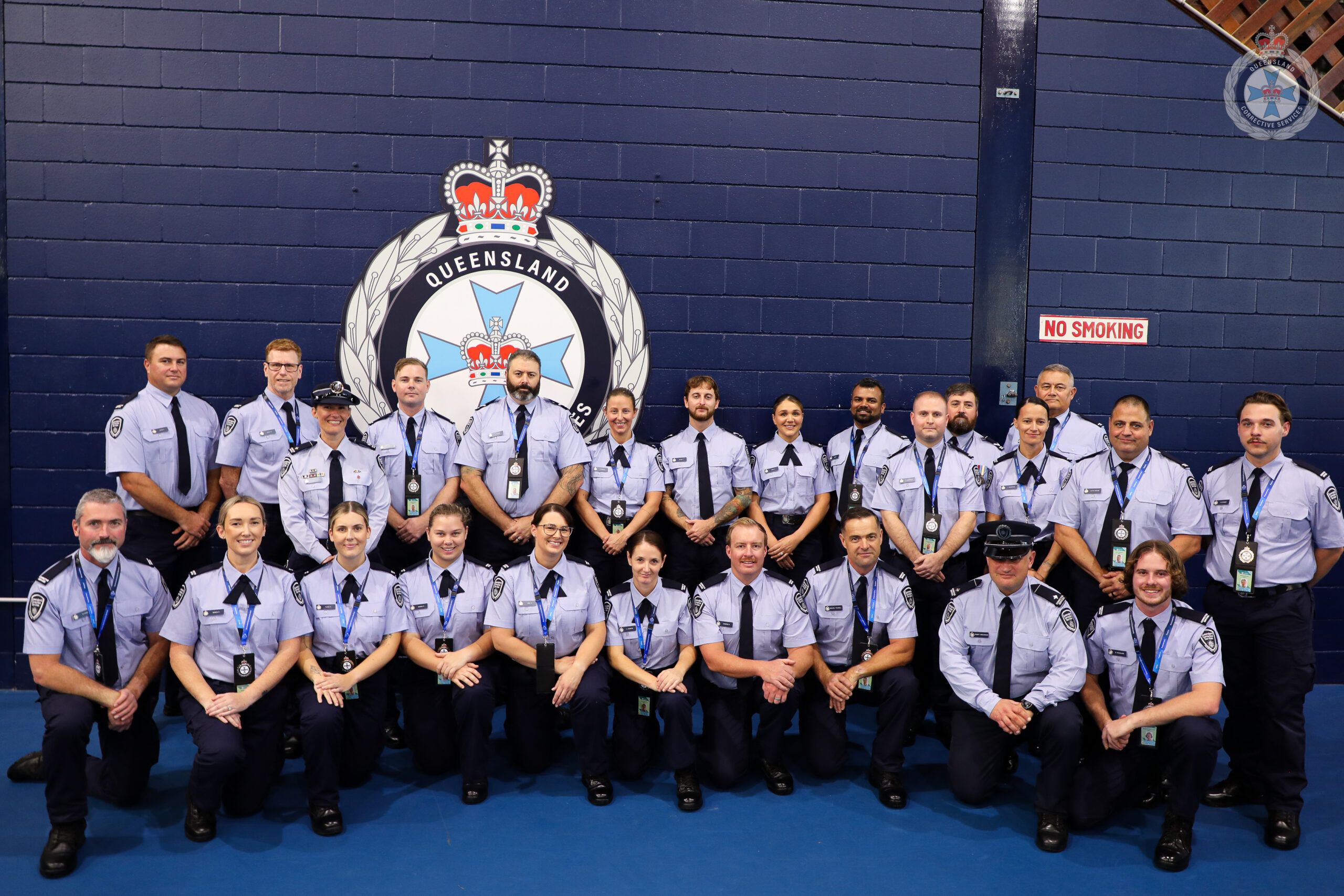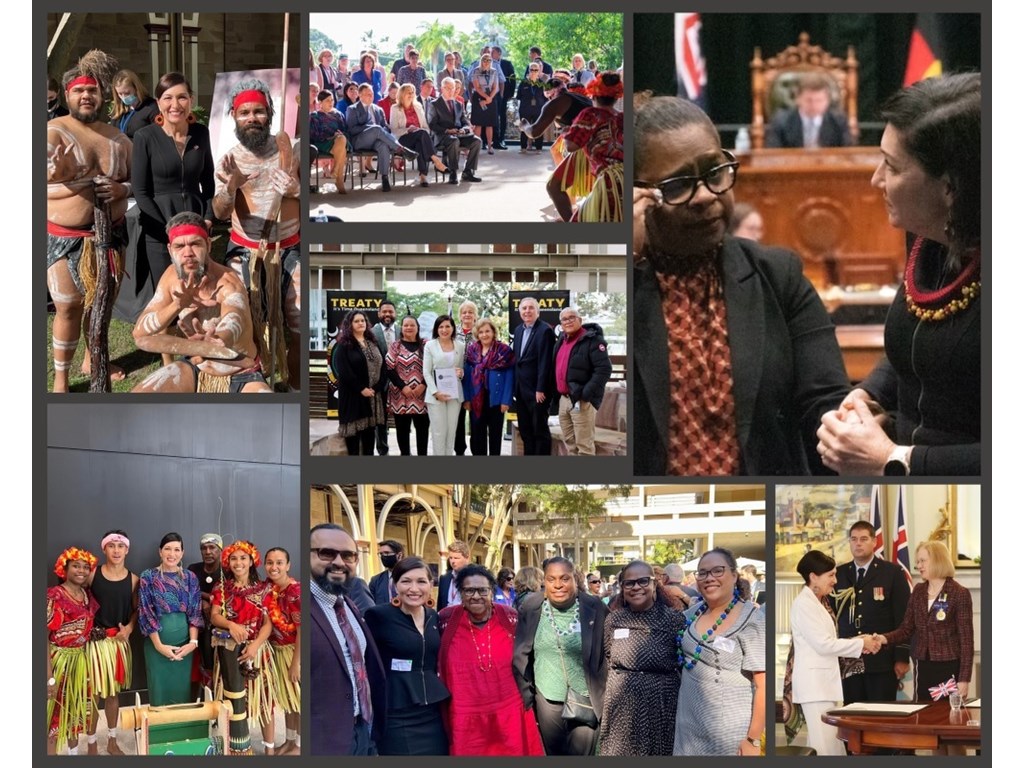By Caroline Riches and Angela North MAPS, psychologist
The diagnosis gap between neurodivergent males and females may be closing, but plenty of girls and women still fall through the cracks. To help close this gap, psychologists need to use the right language, assessment tools and neuro-affirming messages.
Many neurodivergent people are misdiagnosed or not identified at all, and this is particularly true for girls and women.
“Neurodivergent women have been falling through the cracks for such a long time for many different reasons,” says APS President Dr Catriona Davis-McCabe. “As psychologists, it’s important we recognise this ‘gender gap’ that exists in the diagnosis space and ensure we’re providing adequate support to our neurodiverse clients.”
A broader spectrum
Neurodiversity refers to a spectrum of neurological differences, including autism, ADHD, dyslexia, dysgraphia, dyscalculia, Tourettes syndrome, epilepsy, bipolar disorder, O.C.D. and schizophrenia. The term was first coined in the 1990s by Australian Judy Singer, an autistic sociologist advocating for a shift in focus from disability to difference.
Davis-McCabe says that growing public awareness of neurodiversity has been lifesaving for many people.
“Anything that helps people understand themselves, advocate for greater inclusion, identify support needs and unique strengths, and to find a supportive community, is an extremely helpful thing.”
While we’ve seen an increase in the number of women identified as autistic or having ADHD, girls and women continue to be underrepresented. In fact, research shows that 80% of autistic females remain undiagnosed or misdiagnosed at the age of 18.
For these women and girls, a lack of support, the drain of having to mask to appear neurotypical, and missed opportunities to create an environment that can accommodate their needs, can lead to serious mental health outcomes, with autistic women and non-binary people experiencing mental ill-health at higher rates than autistic men. And, by age 25, 77% of autistic women and about 62% of autistic men have been diagnosed with a psychiatric condition.
“This shows there wasn’t necessarily an existing mental health condition,” says Katie Koullas, CEO of Yellow Ladybugs, which supports autistic girls, women and gender-diverse individuals. “Instead, living unsupported and not understanding ourselves has led to burnout.”
Stereotypes and bias
Stereotypes regarding neurodivergent presentations are partly to blame for the gender gap in diagnoses. For example, boys who display disruptive, hyperactive behaviours are more likely to be referred for an ADHD assessment.
Yet there are three specific subtypes of ADHD: predominantly inattentive; predominantly hyperactive/impulsive; and a combination of the two. Girls and women often fall into the ‘inattentive’ substype, which means their symptoms of ADHD could look different.
“When girls come across as distracted, culturally we [might assume they are] daydreamers,” says Koullas, who has autism and ADHD. “Girls’ ASD or ADHD presentations tend to be more internalised, so they’re easier to miss.”
Part of the problem is the research that defined the diagnostic criteria was conducted mainly on male samples, so it doesn’t always apply to females or non-binary people.
When neurodivergent girls remain undetected as adults, they can experience crises in identity and confidence.
“You don’t understand why you may be different to others,” says Koullas. “You think there’s something wrong with you and you’re incredibly vulnerable.”
And of course, help-seeking behaviours that may lead to identification and diagnoses vary according to culture, gender and socio-economic status. For example, minority groups are less likely to seek help, and when they do, they are less likely to be identified by professionals as requiring assessment.
“It’s good that more people are talking about this now,” says Dr Davis-McCabe. “Hopefully, this means diagnoses will be more accurate and timelier in women and girls, giving them the recognition support they need earlier in life.”
Anything that helps people understand themselves, advocate for greater inclusion, identify support needs and unique strengths, and to find a supportive community, is an extremely helpful thing. – Dr. Catriona Davis-McCabe
Tips for psychologists
With neurological difference representing significant heterogeneity, determining the most effective strategies for supporting neurodivergent women requires a nuanced approach.
Neurodivergent-specific training and supervision is essential, as is ongoing access to the latest research and Australian practice standards. APS is hosting a best-practice assessment and intervention webinar [sign up here], and there are plenty of other helpful resources on our website.
Creating inclusive spaces
A social model of disability recognises that many challenges experienced by neurodiverse people exist only when in an environment that does not understand or cater for their differences.
The pressure on neurodivergent people to conform to typical behaviours and communication styles can cause extreme stress. This highlights an important point: we have a responsibility to create environments that are inclusive of all, a process which requires neurotypical people to develop greater empathy and understanding of other ways of being.
Creating a safe space for clients is key, as is using neuro-affirming terminology, says Davis-McCabe.
“Many autistic people find the idea that their neurodiversity is something to be ‘treated’ or ‘fixed’ deeply offensive, as their differences are viewed as an integral part of who they are. However, for others – particularly those who have higher support needs – conceptualising neurodiversity as a disability makes sense,” says Davis-McCabe.
“In order to create a safe space for clients, psychologists must seek to understand the individual perspective, and use identity-first or person-first language accordingly.”
Also avoid ‘functioning’ labels, which can be offensive, explains Koullas.
“Being called ‘high-functioning’ [can mean] your needs and challenges are underestimated; being called ‘low-functioning’ [can mean] your strengths and capabilities are underestimated.”
Ensure every tool you use has been rigorously tested on both males and females in that cohort, adds Davis-McCabe.
“If you’re assessing a neurodivergent woman for an eating disorder, for example, you need to make sure the tool is valid for neurodiversity.”
This alone can have huge benefits. When common clinical tools are adjusted for sex biases, roughly the same percentage of boys and girls are identified as autistic.
Celebrating strengths
There may be a lot to unpack with a neurodivergent female who has been masking her entire life to appear neurotypical.
Davis-McCabe says it’s crucial psychologists keep their biases in check and don’t try to teach neurodivergent people to be more like neurotypical people.
“While providing information on neurotypical social behaviours might be helpful, psychologists should avoid strategies aimed at increasing eye contact, or decreasing stimming, for example, unless the latter is causing harm.
“Many autistic people report being able to focus better on conversations when eye contact is avoided. Stimming is frequently used to regulate physical and emotional states, as well as being pleasurable.
“Psychologists must also be mindful of the higher incidence of alexithymia in neurodivergent people, which results in a limited language for emotions. Interoception, the sense that informs us of our body’s internal processes, may also be less optimal. Asking a client with interoception challenges to tune into ‘early signs of anxiety’ is not helpful if their brain does not register such signals.”
“We need to break down stigmas and stereotypes,” says Koullas. “Even if that woman appears successful, she still has the right to understand her neurology better.”
It’s also important to celebrate strengths and help people to thrive, adds Davis-McCabe, especially when we consider the fact that between 30-40% of Australians are expected to be neurodivergent.
“People with ADHD have a different dopamine window, which can make them incredibly comfortable with novelty so they can be fantastic working in the arts, as entrepreneurs or in emergency services,” says Davis-McCabe.
“For example, with a parent whose child has high needs, seek to identify strengths in both the child and their family. Ensure that the caregiver’s support needs are also assessed.
“For a young woman who has been newly diagnosed, recognise that she is statistically more likely to be under-educated and under-employed for her abilities. Where relevant, support her to utilise the support available within tertiary education facilities, and show her how she can harness her interests and strengths towards a satisfying career.
“We need to knuckle down into the details of the individual, what their strengths and challenges are, and how we can better collaborate with them, to provide a more inclusive space for all.”








